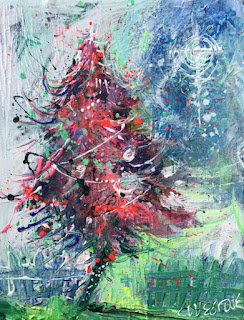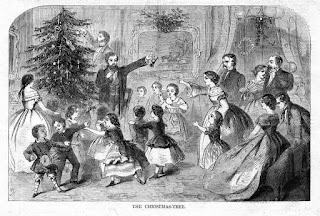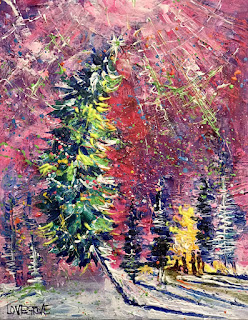
I will be
painting out loud on Valentine’s Day at Bealls Department Store at 13300
Cleveland Avenue in Fort Myers. In case you don’t already know (how would that
even be possible????), I have been creating casual wear for Bealls for the past
few years, and on February 14, 2017, you can watch me create a painting in 20
minutes or less and see my new collection, "Florida Floats My Boat."
 The 16 paintings
for this line were created on a floating studio near Palmetto, Florida along
the Manatee River. During my four weeks aboard the "Aqua Lodge,” I splashed
paint on my canvas as the house boat rocked from side to side with the incoming
tides.
The 16 paintings
for this line were created on a floating studio near Palmetto, Florida along
the Manatee River. During my four weeks aboard the "Aqua Lodge,” I splashed
paint on my canvas as the house boat rocked from side to side with the incoming
tides.
During this
meet and greet, I will share a few fun stories that occurred during my time aboard
"The Aqua Lodge."
 But I must warn you - beware of flying paint! The
action begins promptly at 11:00 am at Bealls Department Store. An autograph
session immediately follows until 1:00 pm. Visitors are welcome to bring their
cameras for a fun photo op with me and my zany trademark glasses.
But I must warn you - beware of flying paint! The
action begins promptly at 11:00 am at Bealls Department Store. An autograph
session immediately follows until 1:00 pm. Visitors are welcome to bring their
cameras for a fun photo op with me and my zany trademark glasses.





















































